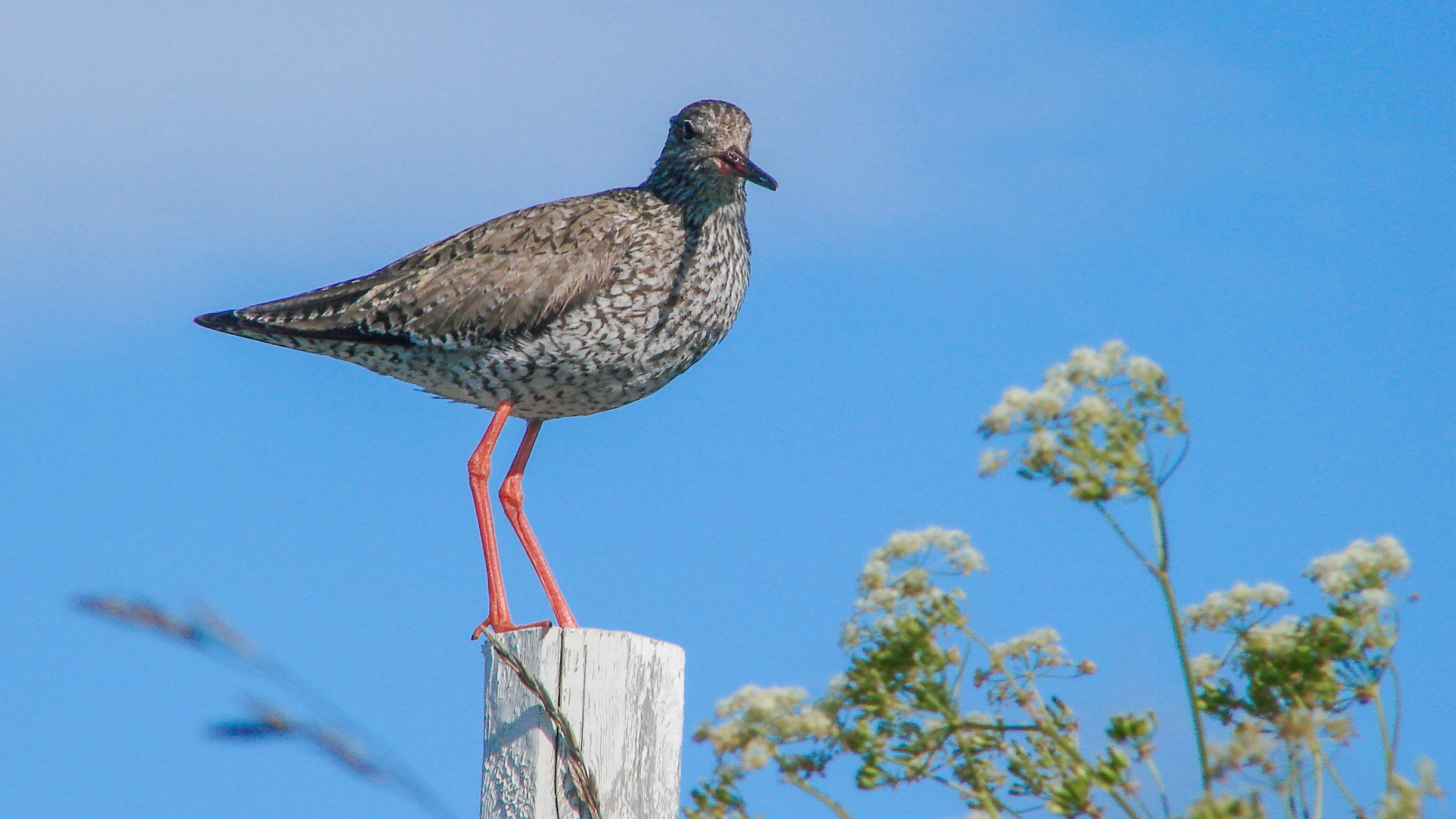🎶 Symphony of Spring Birdsong in London 🎶
Save the date for March 3rd! Join us as we explore the enchanting world of London's birds and their captivating songs. As winter fades, the city's gardens and parks come alive with the melodies of blackbirds, robins, and many more. Their songs, now more varied and polished, fill the air with a symphony that signals the arrival of spring. From the cheerful calls of chaffinches to the soothing tones of blackbirds, each bird adds its unique voice to this seasonal concert. Discover how these beautiful sounds create a vibrant soundscape that brings joy to Londoners and marks the beginning of a new season. Don't miss this delightful journey through London's vibrant soundscape!
All the birds singing last month are ever more vocal now. Their songs are generally more varied and often longer, louder and increasingly polished. Younger birds who previously were still learning their songs are now often almost indistinguishable from their parents with both young chaffinches and yellowhammers now finishing their phrases. Chaffinches also have a “weet” note not generally heard in other months. In gardens, thrushes, blackbirds, robins, tits, wrens and hedge sparrows are all now heard regularly, often singing from unfamiliar situations. The normally shy wren may even be seen singing from the top of chimney pots and blackbirds even sing while they are flying. Great tits are showing considerably more variation in their most recognisable ‘teacher-teacher’ call. Female robins produce high-pitched calls like their young which encourages males to feed them thus cementing their bond. Magpies produce strange utterances while they are courting, whilst hedge sparrows continue with their familiar ‘hey tiddly I dee, tiddly I da’. All this makes gardens, both public and private, among the best habitats in which to spend time this month listening for the beginnings of the dawn chorus.
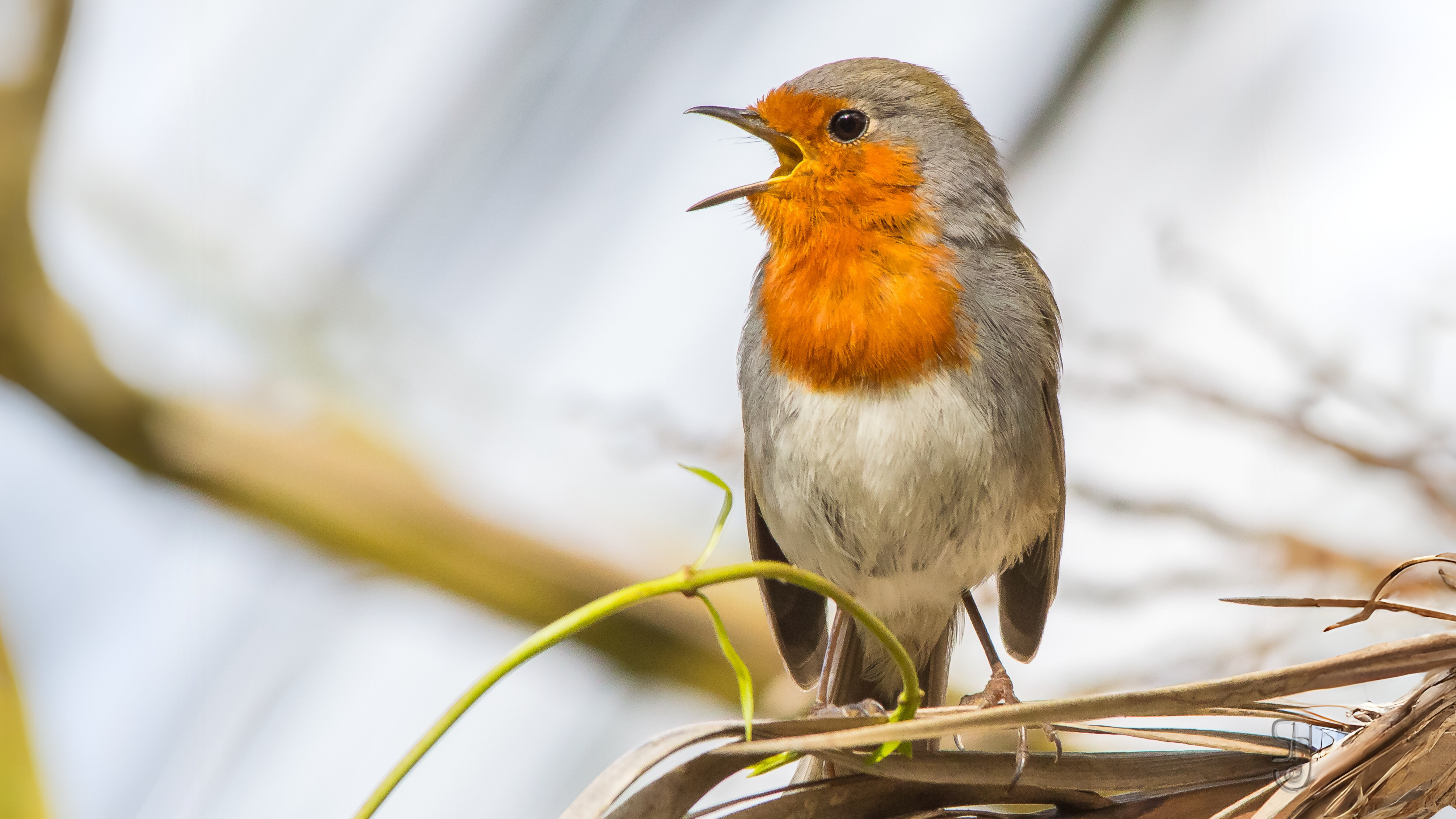
For many, the blackbird utters the most beautiful sound of the month. Last month he was predominantly singing short ‘warming up’ phrases, intermingled with a lot of ‘pinking’ alarm calls. This month his song is meant for an audience. With its rich timbre and fine tone, it is noticeably more relaxing to listen to compared with any other song. This is also due to its slow, effortless delivery and the distinct pauses between phrases. They also have a very beautiful softer private song which is usually heard in the early morning. In the evening, the song of this ‘mellow contralto’ is both quieter and more sleepy in character. In contrast, starlings are singing from telegraph wires and roofs their own rambling set of whistles and wheezes with some piping, mimicking and general fluttering of wings.
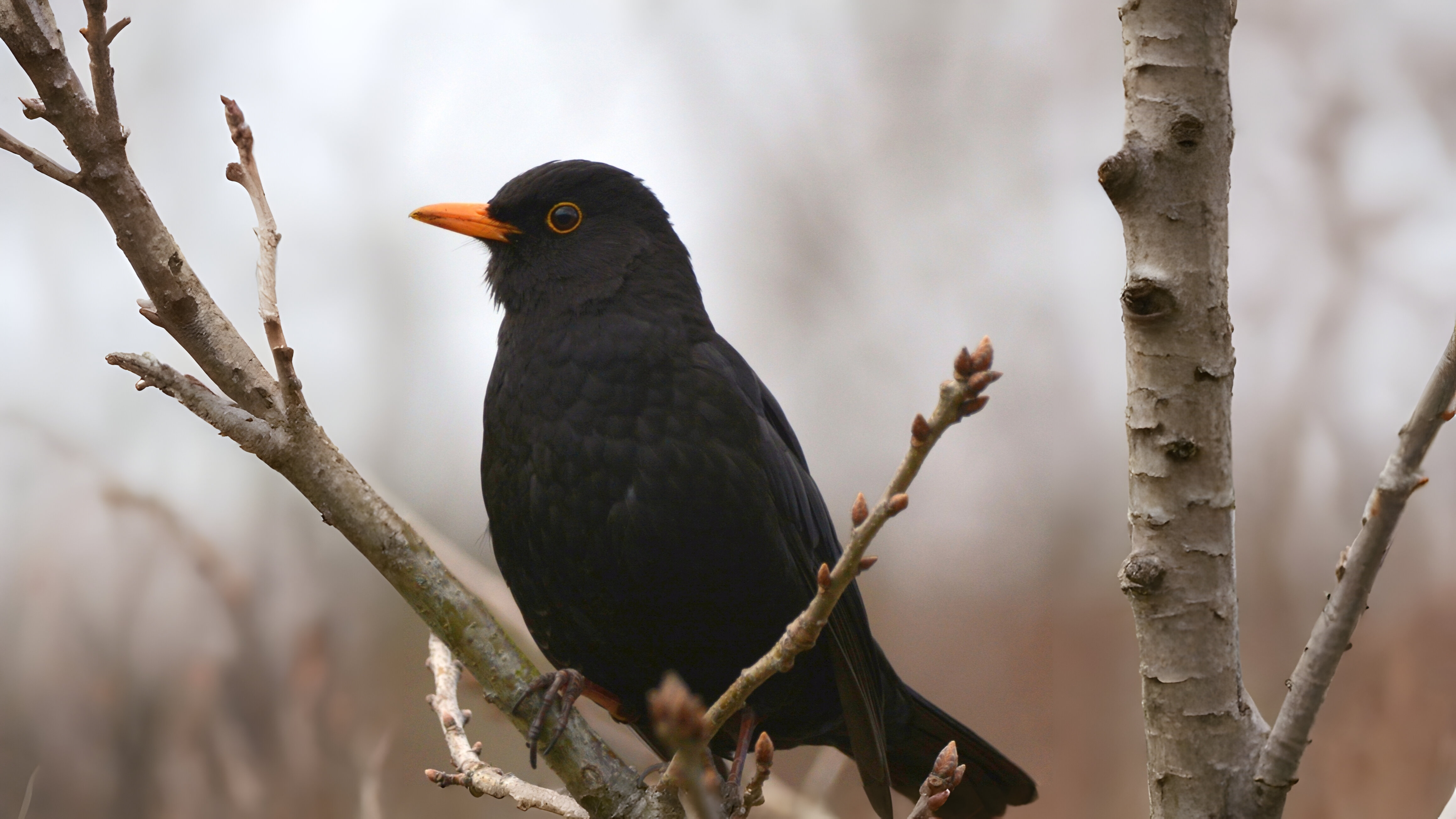
Bands of sparrows, where they still occur, make a considerable noise, squabbling. Song thrushes are still easily recognised by their repeated phrases. These have been translated by some authors into ‘cheer up, cheer up’, ‘told you so, told you so’, or, in the past, ‘fresh herrin, fresh herrin’.
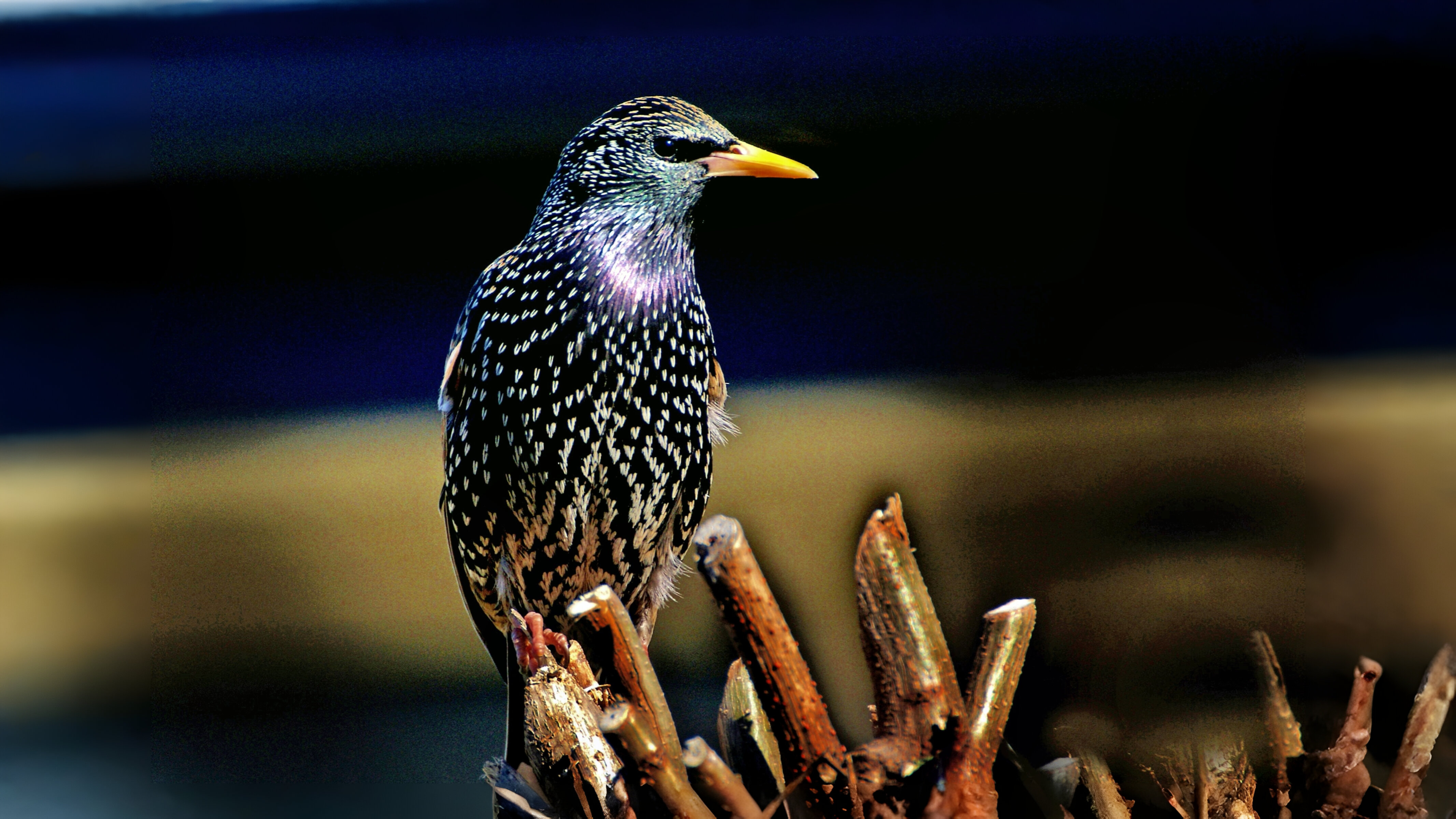
In larger parks and woodland e.g. Cassiobury Park and Wimbledon Common, nuthatches, treecreepers and finches can also now be heard. All of these birds are much more easily seen now before the leaves unfurl, making it the best time to familiarize yourself with their calls. As treecreepers move from tree to tree their white underparts stand out. They produce long, thin notes like a goldcrest but with a slurred ending several times a minute for much of the day.
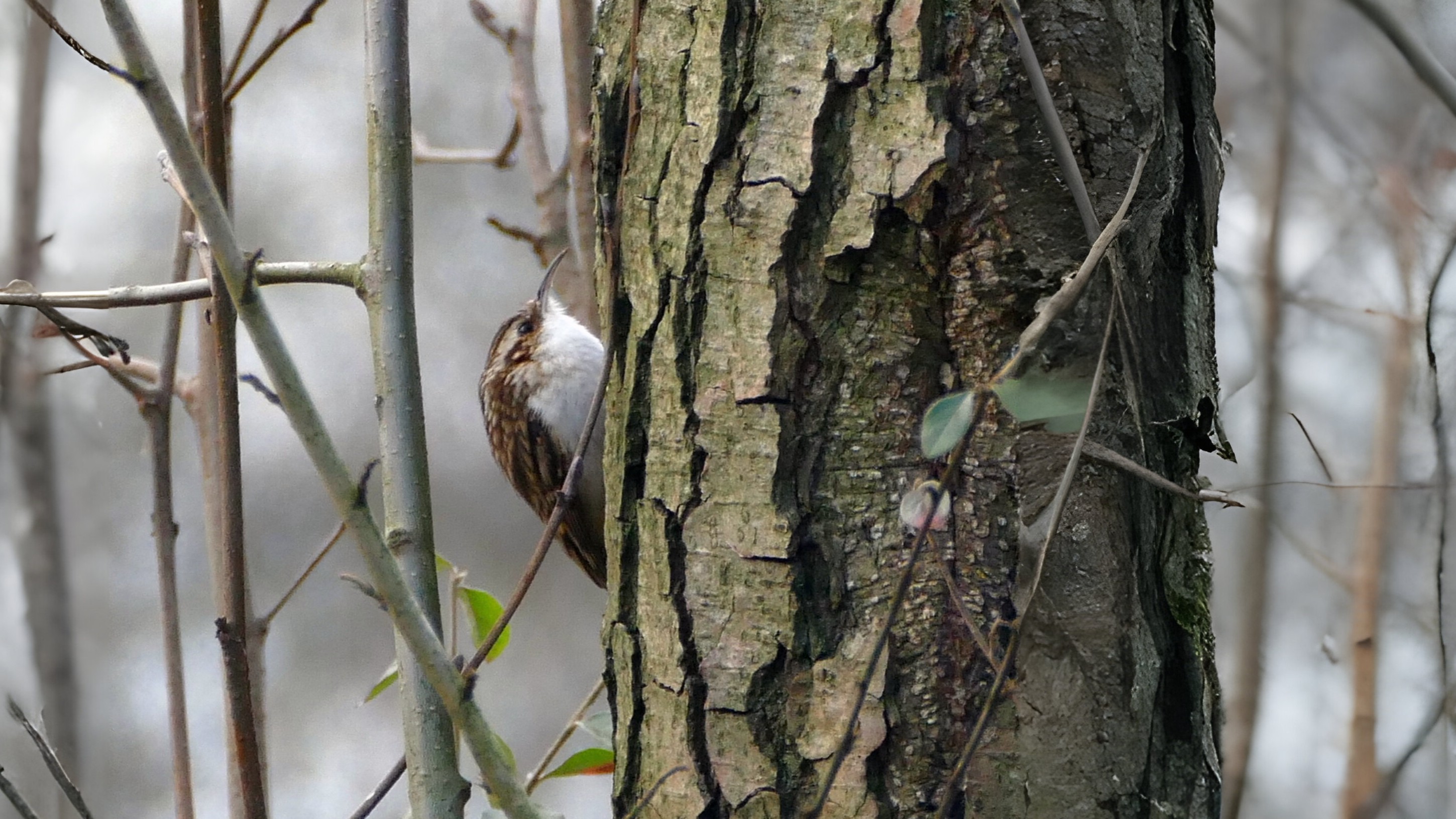
The song of the greenfinch is not unlike that of a canary. It has been described as lazy, effortless and rambling. The male also produces a highly distinctive long nasal ‘zzzzzzzz or ‘zwee-er’ call, generally referred to as the breeze or z note. This is the call that, once learnt, immediately identifies their presence. Goldfinches are usually seen before they are heard, due to their bright colours. Their song is also worth stopping to listen to. It has been likened to a group of people chattering together.
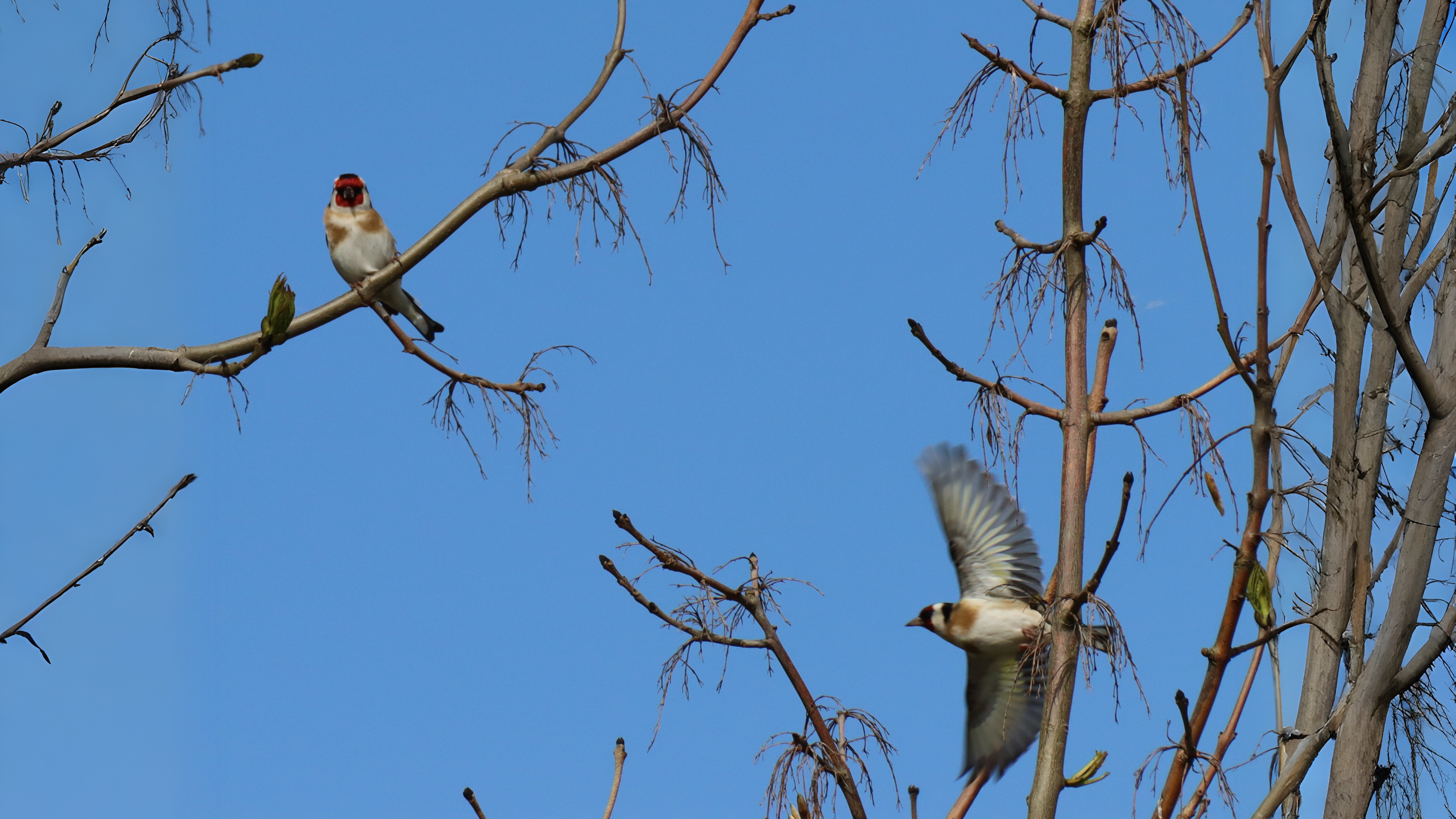
Marshes have been quiet places up to now but all that can change in March if curlews and redshanks are about. Their calls could hardly be more different Redshanks hover and shiver with excitement as they utter a series of hysterical whistles, yelps and yodels, whereas curlew rise up in a dignified silence before descending with their long drawn out mournful “poor me, poor me” calls. Both can usually be heard on Rainham Marshes.











